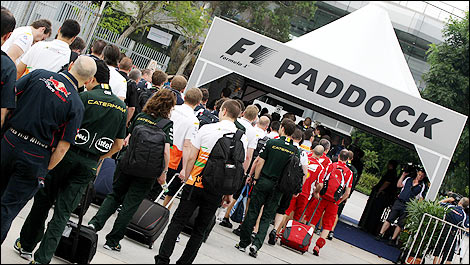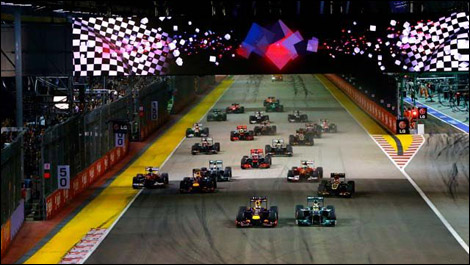From GMM
Nico Hulkenberg is expected to flee to Sahara Force India, and Sauber is now also losing its chief engineer to the Silverstone based team.
The Swiss newspaper
Blick reports that Tom McCullough, whose official title at Sauber was head of track engineering, is heading to Sahara Force India for 2014 and beyond.
And amid reports the Hinwil-based team's Russian rescue deal may have collapsed, veteran correspondent Roger Benoit said Sauber has not yet responded to rumours of a merger with the Russian-owned F1 backmarker, Marussia.
Blick said that if Marussia's Andrey Cheglakov does push ahead with the deal, the newly-merged team would keep the formerly BMW-owned Sauber's Hinwil factory.
 |
| Photo: WRi2 |
Benoit added that there have also been rumours of possible mergers surrounding Lotus and Caterham, amid suggestions F1 may have to revive the concept of three-car teams or customer cars in order to sustain a healthy grid.
"I'm not in favour of customer cars," said Caterham boss Cyril Abiteboul recently.
"Having said that, I think the situation we have is not necessarily sustainable. Clearly an analysis must be made regarding what to do."
Elsewhere, it is reported that Williams - set to welcome Felipe Massa's race engineer Rob Smedley to Grove - is losing chief engineer Xevi Pujolar to Toro Rosso.
And yet another report indicated that the road for Pastor Maldonado's impending move to Lotus has now been cleared.
Heikki Kulta, the correspondent for Finland's
Turun Sanomat, said a deal between Maldonado's backer PDVSA, and the French oil multinational Total, will allow branding by both sponsors to adorn next year's black and gold Lotus.
The PDVSA-Total deal was reportedly finalised early this week in Caracas, Kulta added.
 The latest auto news, reviews, prices, product and vehicle releases.
The latest auto news, reviews, prices, product and vehicle releases. 


